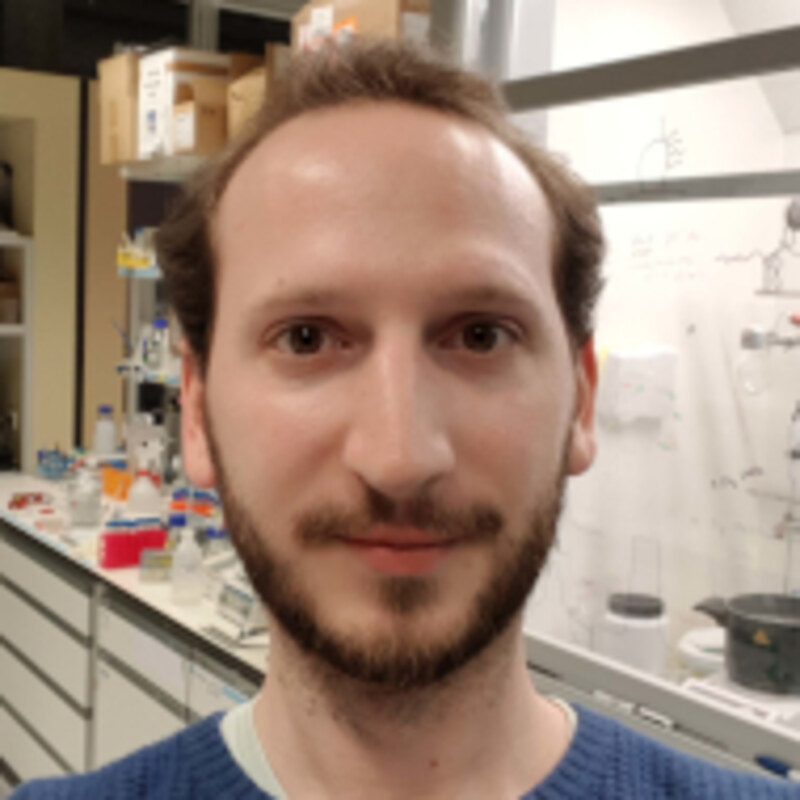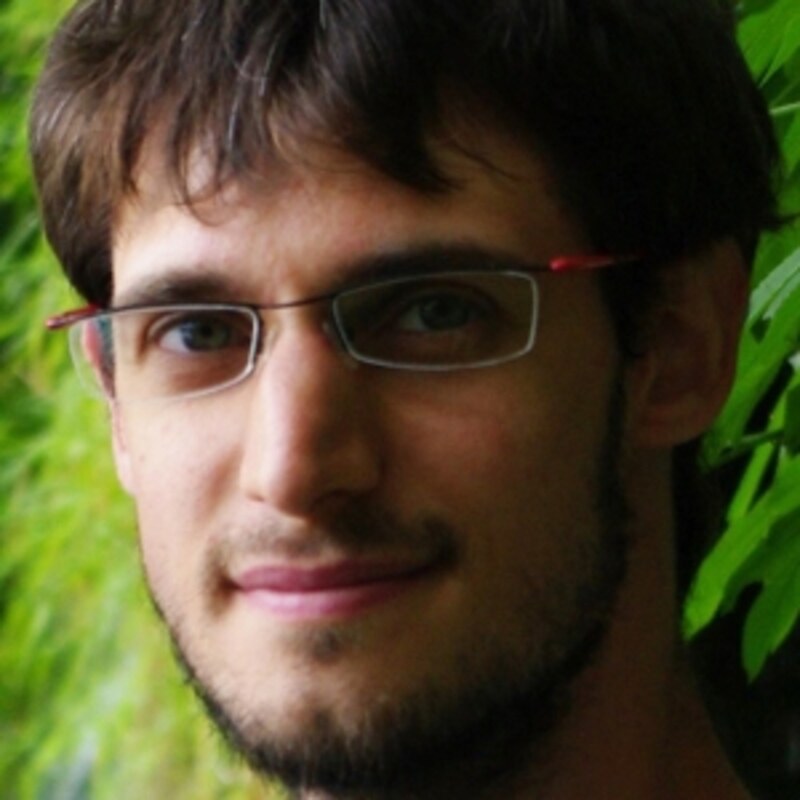Read more
Steering tissue morphogenesis via stimuli-sensitive hydrogels
Using engineered microenvironments to control the development of stem cells into organoids
Project leader: M. Lutolf (EPFL)
Team: E. Amstad (EPFL)
The earliest steps of tissue development are a complex interplay between biochemical and mechanical microenvironmental signals which govern important cell fate decisions and cellular rearrangements, and lead to morphogenesis. Cell culture approaches have attempted to mimic key features of these processes, and it has become possible to generate an increasing variety of self-organizing tissue constructs, termed ‘organoids’. Organoids are miniature, organ-like living structures that recapitulate hallmarks of organogenesis, organ maintenance and regeneration. As such, they open up previously unimaginable possibilities for modelling complex human diseases for drug discovery and precision medicine, as well as for generating functional tissues for regenerative medicine. However, despite the remarkable three-dimensional architectural complexity and multicellularity that is now achievable, organoids have several significant shortcomings. Compared to real organs, organoids grow non-reproducibly, are tiny, very short-lived and form poorly accessible structures. The overarching goal of this project is to exploit stimuli-sensitive hydrogels as locally programmable cellular microenvironments for steering in vitro organogenesis. We postulate that by exposing the stem cells to key biochemical and mechanical microenvironmental signals in a spatiotemporally controlled manner, self-organization can be rendered more reproducible, resulting in organoids that are more physiologically relevant.
Main investigator
Involved people
- Related publications
- Related projects as project manager
Projects of AMSTAD Esther
Projects of LUTOLF Matthias






